 Originally published August 2, 1996, in Comics Buyer’s Guide #1185
Originally published August 2, 1996, in Comics Buyer’s Guide #1185
Thank you:
As is the case, I suspect, with many of the writers presently working in the industry, there is a fanboy within me who’s always bubbling away just below the surface. And the point at which he really comes slopping over comes when I have the opportunity to work with artists who drew the comics I read when I was a fan.
That’s why fans are always surprised when they ask me what artists I’d like to work with, and I respond with names like Steve Ditko, Kurt Schaffenberger: folks like that.
I still remember the thrill I got when, for instance, I wrote a fill-in issue of Wolverine and I learned that Gene Colan was going to be drawing it. Colan was one of my all-time favorite artists. I ended up working with Gene on two issues of Wolverine. And all I could be was grateful and amazed that I had the opportunity to work with a gentleman whose work had meant so much to me.
Thank you:
We were running behind schedule on Peter Parker, the Spectacular Spider-Man. Editor Jim Owsley (in the days before he became Christopher Priest, not to be confused with Christopher Priest who has yet to become Jim Owsley) said to me, “We need to do an issue where we can have several different artists working on it: three, four pencillers, each doing a few pages all at the same time. That way we can get caught up.”
I thought about it a moment and then said, “Well, we could do a Rashomon story, I guess.”
“What’s that?” he asked.
“It’s a Japanese movie about the subjectivity of truth,” I said. “Basically, it’s a story in which the same incident is told from several different points of view. It’s a format that’s been used countless times since.”
And that’s what we wound up doing. I constructed a story in which Peter Parker, Mary Jane, and J. Jonah Jameson each describe to Robbie Robertson a bank robbery which has just occurred at the Rashomon Bank and Trust. (Hey, if you’re going to crib a story structure, you should make some effort to acknowledge it.)
It meant that we could use four different artists: one to draw each of the point-of-view stories and one to draw the framing sequence.
Since this was back in my days as Marvel’s sales manager, I was in my office when Owsley came in, plopped down, and flashed a large, toothy grin. “Do you know how good I am to you?” he asked.
“Uh, no.”
“Guess who’s going to draw the framing sequence.”
“Who?” I asked.
“John Buscema, pencils; John Romita Sr., inks.”
I couldn’t believe it.
I know that in later years, submarine crew members in Crimson Tide would come to blows over the bizarre question of who was the definitive artist for The Silver Surfer: Jack Kirby or Moebius. Aside from the fact that I’d never heard fans arguing over it, I had always considered John Buscema to be the greatest Surfer artist, period. With all deference to Kirby and Moebius, it was Buscema’s rendition that gave us an alien being with the soul of a humanitarian.
And John Romita—jeez. In the days before he needed the qualifier of “Senior,” many was the time when I would haul out his early Amazing Spider-Man work, just so I could gaze at that immortal meeting between Peter Parker and his future wife, Mary Jane, the latter uttering those immortal words of egomaniacal self-assessment: “Face it, tiger, you just hit the jackpot.”
I can’t really put across for you what it felt like to see the finished Buscema-Romita pages with my dialogue accompanying their artwork. If I were a better writer, I could. You’ll just have to take my word for it.
Thank you:
I knew what I wanted to do for Star Trek Annual #3. I wanted to do a romance story, featuring a look at the long-lost, secret love of Mr. Scott’s life.
And I wanted to tell the story backward.
“Backward?” asked editor Bob Greenberger.
“Backward,” I said. I had just seen a play on Broadway by Harold Pinter: a story in which we see the history of a romantic triangle, except the sequence of events is told in reverse order. The play had, in fact, bored me stiff. During Pinter’s trademark lengthy pauses, I kept wanting to scream, “Somebody say something!”
But the format of the play intrigued me, and I wanted to adapt it to the long form of the Star Trek Annual. Although I did insist on putting “Based on a concept by Harold Pinter,” in the credit box. For all I knew, Pinter himself had seen someone else do the same thing and got it from that person, but my first exposure had been from Pinter’s work, and that’s whom I credited. Although it did prompt some befuddled fans to ask, “Harold Pinter is doing work for DC now?”
So Bob called me up and said, “Guess who I got for the annual.”
Bob wasn’t much for preambles and “Who loves you, baby?” intros.
“Who?”
“Curt Swan.”
Curt Swan.
Curt Swan who had been, for me, the best Superman artist. I’d never quite taken to Wayne Boring’s rendition. Schaffenberger’s work I adored when he was drawing Lois herself, but when it came to drawing The Man himself—no one, for me, could beat Swan.
And I said, “Swan? Me with Swan? Awwww, go on!”
OK, actually, no, I didn’t. But I was running our laserdisc of Hans Christian Andersen for Ariel the other day, and “The Ugly Duckling” is fresh in my mind.
Actually, what I said was, “You’re kidding!”
“No, really,” said Bob.
That Star Trek Annual remains one of my favorite single-issue comics. With a lesser artists or even simply a different one, the story would simply not have worked. I wrote that issue full script, panel-by-panel breakdown, full dialogue for every panel described ahead of time, because that was the way Curt wanted to do it. He was more comfortable with the full-script format, because that was the way all comics were done when he first started in the business. He was a gracious and wonderful individual, highly flattering and praising of the script. His likenesses of the Star Trek actors were meticulous, and he was able to render convincingly the characters at all ages. We showed Scotty as young as 12 years old, and the face was convincingly that of the future Montgomery Scott. And I would later find out that Scotty’s lifelong love, Glynn, shared her name with James Doohan’s genuine childhood sweetheart, with whom he hooked up (albeit not romantically) in later years.
I wound up buying a couple of pages from that annual at an art auction at the Chicago Comicon a year or two later. I faced virtually no competition for it: Seeking out full-page drawings from the latest hot artists, the audience had zero interest in a two-page, meticulously rendered sequence wherein Mr. Scott informs his wife that he’s going to be returning to service on the Enterprise. I later caught up with Curt at a convention and he signed them to me.
I worked with him on a second Star Trek Annual, as well, set in Kirk’s first year at the Academy, and it likewise looked wonderful.
But the first one had that romantic air about it that only a Curt Swan could really pull off. Because romance and beauty seem to be in danger of becoming lost arts in mainstream comics, with women the objects of lust rather than love.
And now Curt is gone. John Romita Sr. has retired. John Buscema has pulled out of Marvel. Gene Colan has health problems.
And I’ve been so dámņëd lucky to have the honor of having worked with these men. I don’t think I really fully realized it until recently. And I never really had a chance to say “thank you” to them for gracing my life with their presences, as a fan of their work both from the outside looking in and the inside looking out.
Thank you all.
Peter David, writer of stuff, can be written to a Second Age, Inc., P.O. Box 239, Bayport, NY 11705. Independence Day is setting box-office records, on the way to $75 million by next Sunday. And it is obvious that it owes its success to its high mark on the Cokemeter. It registered not only a 10 (10 minutes in, Jeff Goldblum recycles a can of Coca-Cola) but a 20 (20 minutes in, a can of Diet Coke is in a diner), and a 90 (90 minutes in, a Coke can is shot).
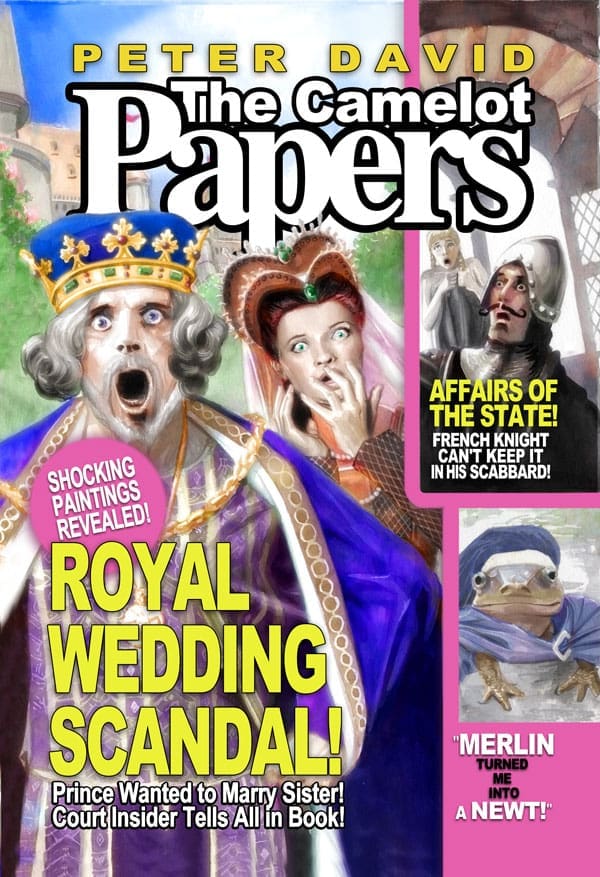
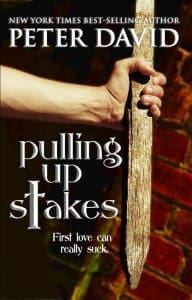
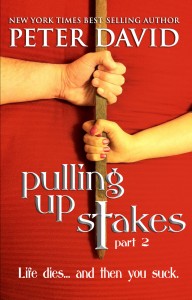
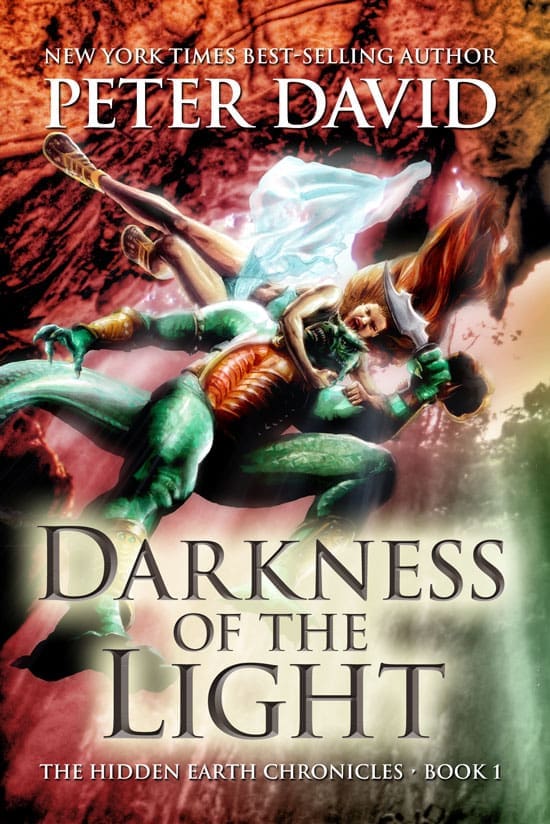
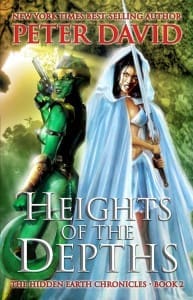
And since then, big John’s gone. We’ve lost Gene. And Jimmy Doohan. At least we still have Romita Sr. and Moebius.
.
PAD
Alas, such is life.
.
Gone now, but truly never to be forgotten.
Just Romita Sr. now. 🙁
You creat wonderful work I was wondering would you like to take a story I have for your own I dont want any thing for it just like the story out their I’m not a writer just a story guy.If you dont mind indulging in a concept hit me back on my Email.
I had the good fortune of interviewing John Romita Sr. back in October and I felt just like a big kid again. It wasn’t until I sat down to start doing my research that I realized how much I loved his work- and still do.
Creative gentlemen who have all left a vast impression upon our lives. 🙂
I grew up on Curt Swan’s Superman. Now I’m crying.